16 Obsolete Technology Skills You’d List on a 1980s Résumé

The 1980s was a time when floppy disks were cutting-edge, computers weighed as much as a small child, and answering a phone without caller ID was a leap of faith. If you were job hunting back then, your résumé was likely packed with tech skills that seemed impressive at the time.
But today? Let’s just say that listing “mastering the art of dot matrix printing” won’t exactly wow a hiring manager. Here are 16 technology skills that were once résumé gold but are now about as useful as a dial-up internet connection.
1. Dialing Up a BBS (Bulletin Board System)
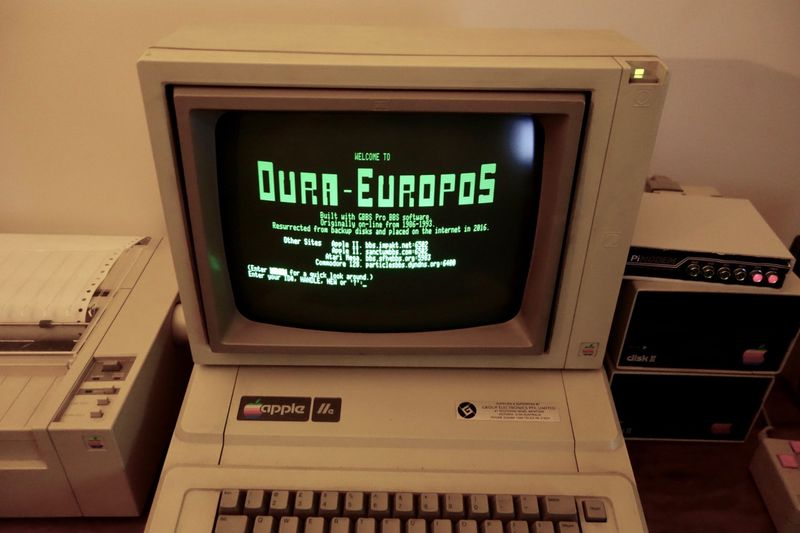
Before the internet was mainstream, tech-savvy users accessed BBS systems via noisy dial-up modems. Navigating these primitive online hubs required patience and understanding cryptic text-based menus.
Now, with high-speed internet and social media, explaining a BBS would just earn blank stares. These systems were the predecessors to modern forums and websites, a fascinating but bygone era.
In today’s lightning-fast digital world, such slow-paced interactions seem quaint, a reminder of the internet’s humble beginnings.
2. Operating a Typewriter Like a Pro

Before computers took over, typewriters ruled the office. Fast, error-free typing was a sought-after skill, and knowing how to unjam keys or replace a ribbon was practically an art form. Today, unless applying for a role in a retro-themed escape room, this skill won’t get you far.
Typewriter mastery was a mark of efficiency, yet modern keyboards have rendered this talent obsolete. In today’s digital world, the clack of keys is more often nostalgic than necessary.
3. Loading Software from a Floppy Disk
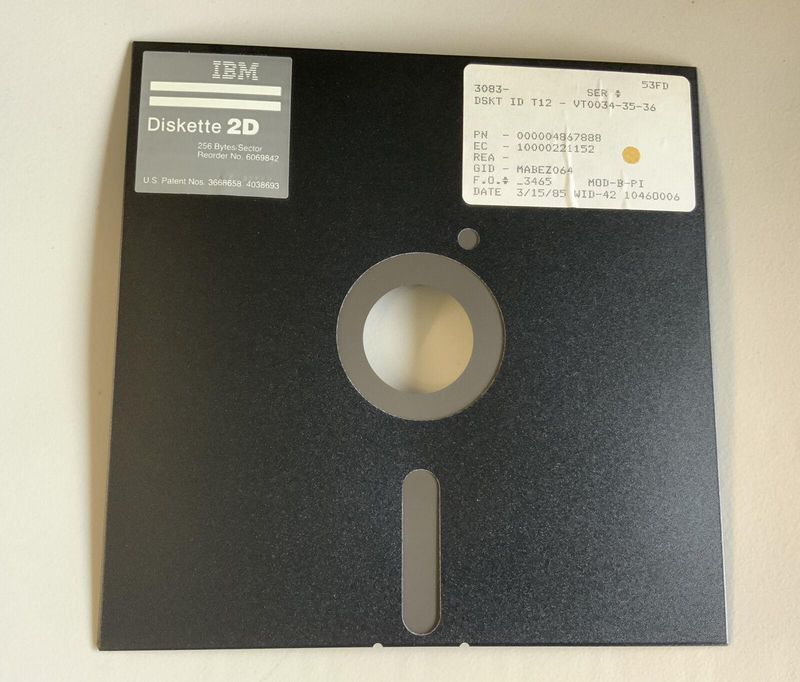
Back in the ’80s, installing software wasn’t as simple as clicking “download.” You had to insert a series of 5.25-inch (or later, 3.5-inch) floppy disks and hope nothing went wrong mid-install.
Fast-forward to today, and floppy disks are so obsolete that some Gen Z workers think the save icon is just a quirky design choice.
This once-essential skill is now a relic of the past, a quirky piece of history that tech-savvy individuals may only encounter in museums or retro video games.
4. Changing the Ball in a Mechanical Mouse
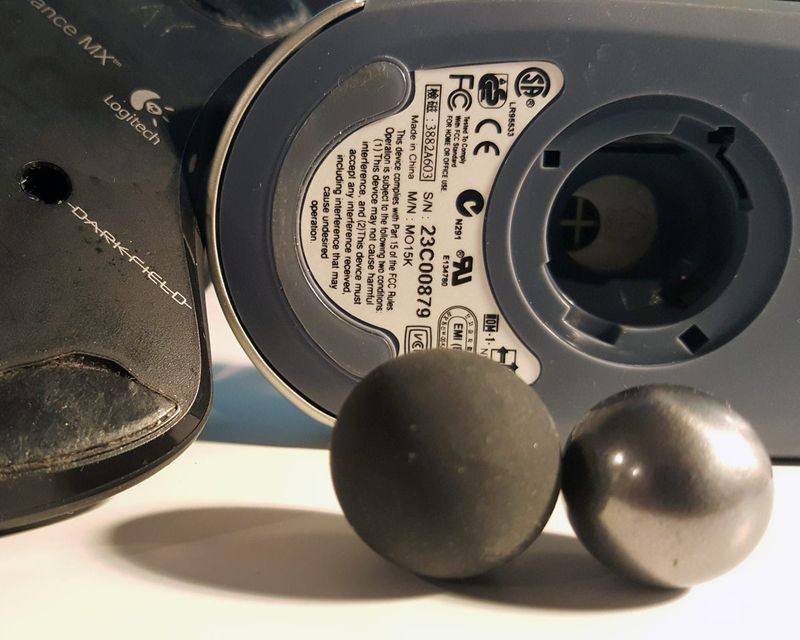
Before laser mice existed, every office desk had a rubber-ball mouse—and IT departments had someone responsible for cleaning out dust and grime.
Being able to pop out the ball, clean it, and get the cursor moving smoothly again was a sign of a tech pro.
Today, those skills are about as useful as knowing how to fix a VHS tape. Modern optical mice have eliminated the need for such maintenance, rendering the skill an amusing memory.
5. Using a Fax Machine Without Screaming in Frustration

Sending a fax in the ‘80s was a delicate art. You had to dial correctly, wait for that screeching handshake sound, and pray the receiving machine didn’t jam.
These days, if you say you need to fax something, people may assume you live in 1985 or work in an ancient government office.
The rise of email and digital communication has made the fax machine an artifact, a once-crucial tool now mostly gathering dust in tech history.
6. Programming a VCR (Without the Manual!)
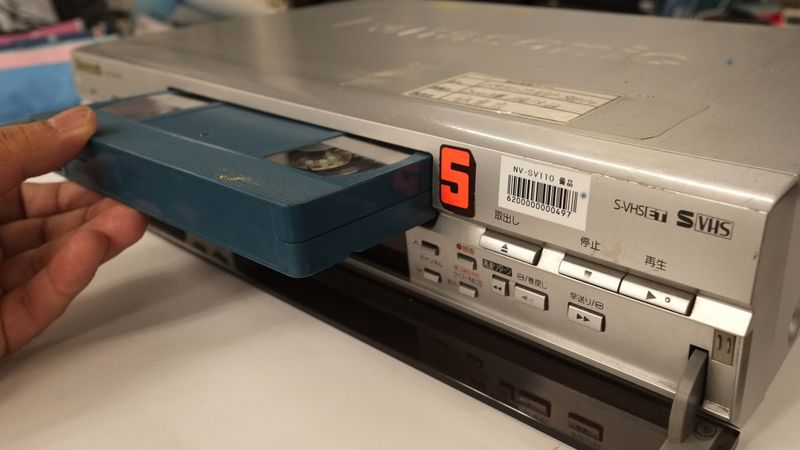
If you could set the time on a VCR and record your favorite shows without accidentally erasing something important, you were practically a tech genius.
In today’s world of on-demand streaming, explaining VCR timers to someone under 30 is like describing how to churn butter by hand.
While VCRs were once the pinnacle of home entertainment innovation, they now sit idly in attics and thrift stores, a symbol of how quickly technology evolves.
7. Refilling Printer Ribbon for a Dot Matrix Printer
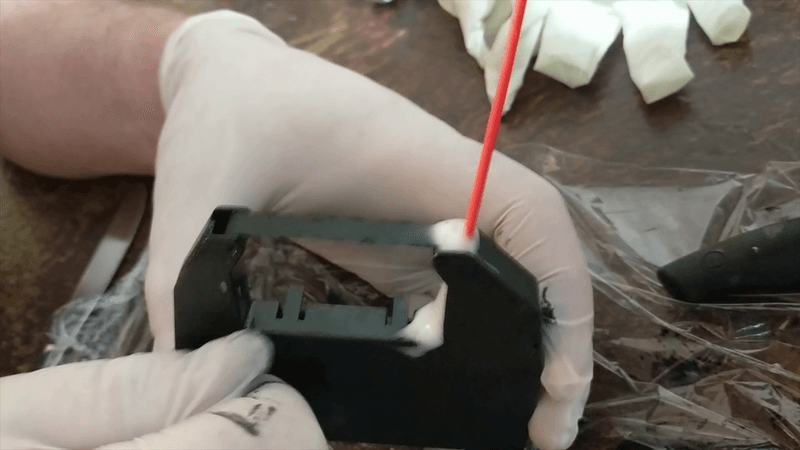
Before laser and inkjet printers, there were dot matrix printers—loud machines that printed documents line by agonizing line.
Knowing how to swap out the ribbon without smudging ink all over your hands was a valuable skill.
Nowadays, just finding a working dot matrix printer is a challenge. These devices are a testament to how far printing technology has come, with modern printers offering speed and clarity undreamed of in the dot matrix era.
8. Operating a Mainframe Computer
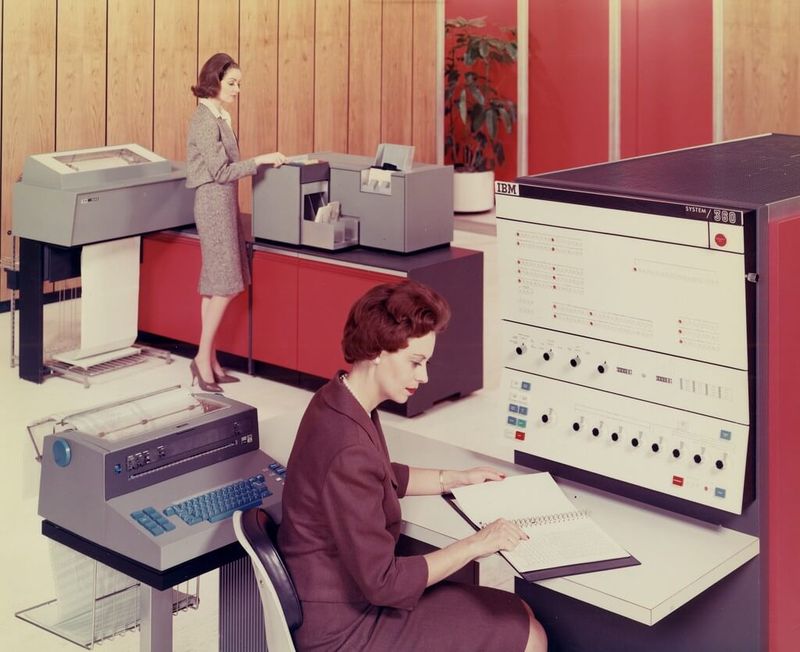
Mainframe computers were the backbone of enterprise computing in the 1980s, and operating them required a specialized set of skills. Professionals familiar with these massive machines managed complex computing tasks for businesses and government agencies.
These experts navigated command-line interfaces, performed routine maintenance, and ensured system stability. Although the technology has evolved, the experience and discipline acquired from working with mainframes remain relevant in understanding modern computing infrastructure.
9. Writing DOS Commands Like a Pro
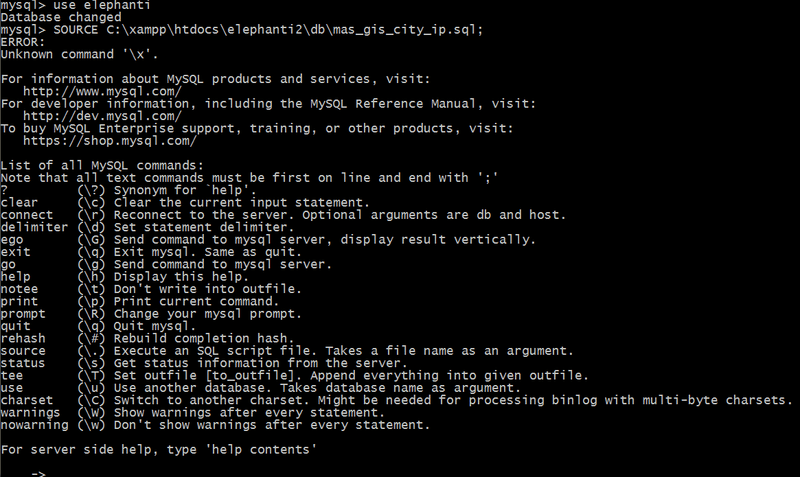
MS-DOS was the backbone of many ’80s computers, and knowing the right commands was crucial for navigating files, launching programs, and troubleshooting errors.
But unless you’re a retro-computing enthusiast, your ability to type “C:> DIR /P” isn’t impressing anyone today.
DOS commands were once a rite of passage into the tech world but have been overshadowed by modern user-friendly interfaces, representing the shift towards more intuitive digital interactions.
10. Developing Film in a Darkroom
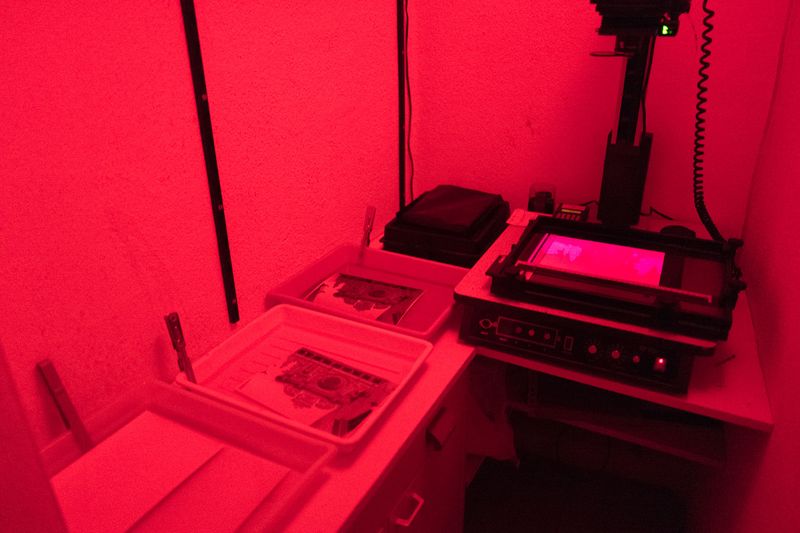
Photographers in the ’80s didn’t just snap a pic and upload it instantly but they had to develop film in chemical baths under red lights.
This skill is still appreciated by some photography purists, but most people today expect pictures to appear instantly on screens.
Darkrooms, once the heart of the photographic process, are now cherished by hobbyists and professionals who appreciate the art and craft behind traditional film development, even as digital photography dominates.
11. Tuning a TV with Rabbit Ears
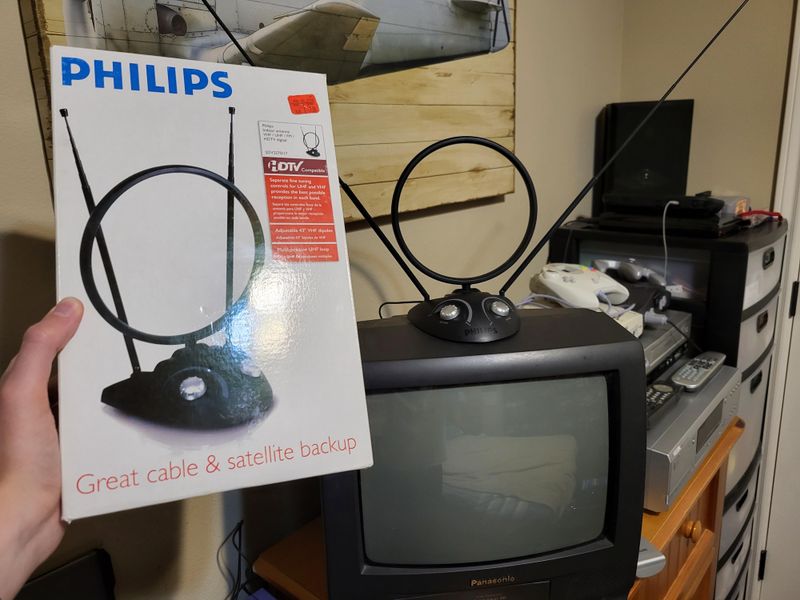
Getting good reception on a TV in the ’80s sometimes meant standing in the right spot while adjusting the antenna (a.k.a. “rabbit ears”) to eliminate static. If all else failed, wrapping the antenna in aluminum foil was the go-to fix.
Today, streaming services have made this skill as unnecessary as rewinding a cassette tape.
The art of fine-tuning signals has faded with technological advances, leaving rabbit ears as quirky reminders of broadcasting’s analog past.
12. Troubleshooting a Paper Jam in a Continuous-Feed Printer

In an ’80s office, high-speed printing meant using a dot matrix printer with continuous-feed paper—the kind with perforated edges to tear off.
If the paper jammed, it was a nightmare to fix, requiring patience and just the right amount of force.
Now, most printers are wireless and still just as frustrating. Modern printers may have eliminated continuous-feed hassles, but they continue to challenge users with new and equally perplexing issues.
13. Mastering BASIC Programming
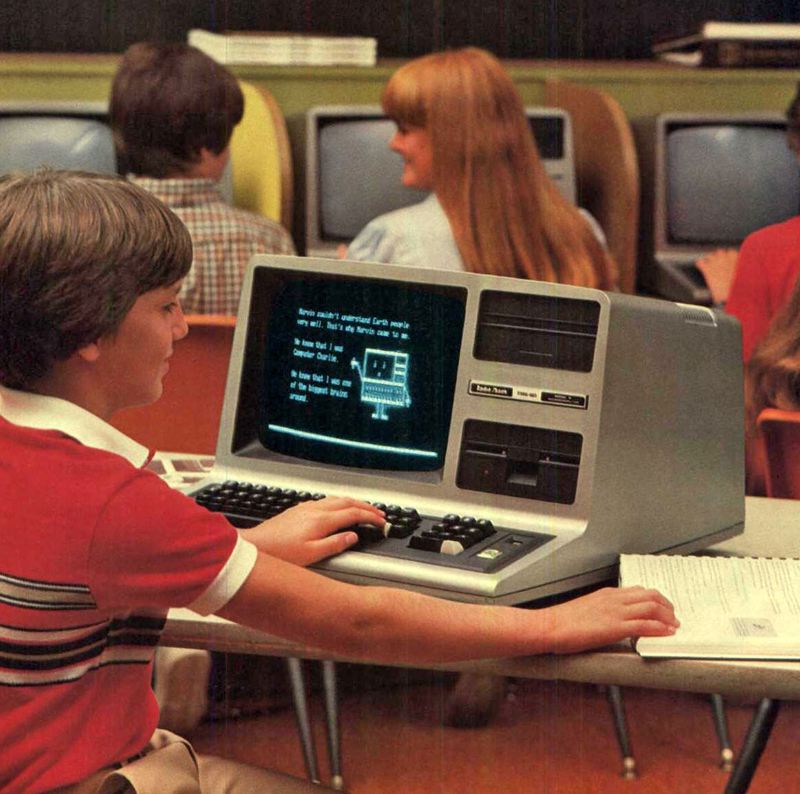
In the 1980s, mastering BASIC (Beginner’s All-purpose Symbolic Instruction Code) was a coveted skill for aspiring programmers. BASIC served as the entry point into the world of coding, making it accessible and fun for many. Young programmers would spend hours creating simple games and applications, fueling their passion for technology.
This straightforward language was the cornerstone of early personal computing, running on iconic machines like the Apple II and Commodore 64. Learning BASIC provided a solid foundation for understanding more complex programming languages in the future.
Today, while BASIC is largely obsolete, the principles it taught continue to influence modern programming education.
14. Fixing a Cassette Tape with a Pencil
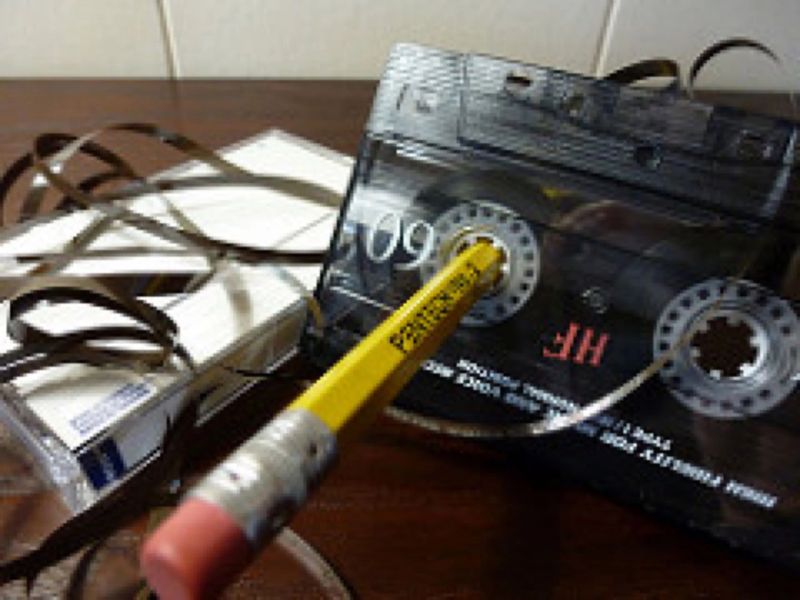
Every music lover in the ‘80s knew the heartbreak of a cassette tape getting tangled in the player. The solution? Carefully winding it back with a pencil.
If you could save a tape without causing more damage, you were a hero.
Nowadays, Spotify has eliminated the need for both cassettes and emergency repair tools. This once-common skill now serves as a humorous anecdote about the trials and tribulations of pre-digital music enjoyment.
15. Using a Slide Projector for Business Presentations

Before PowerPoint, presenting information meant loading individual slides into a bulky projector. Knowing how to align them correctly and advance them smoothly made you a presentation pro.
Now, a few clicks on a laptop do the job without the risk of jamming.
Slide projectors are relics of past office culture, their mechanical clunks replaced by seamless transitions, highlighting the rapid evolution from analog to digital in professional settings.
16. Assembling a PC from Scratch
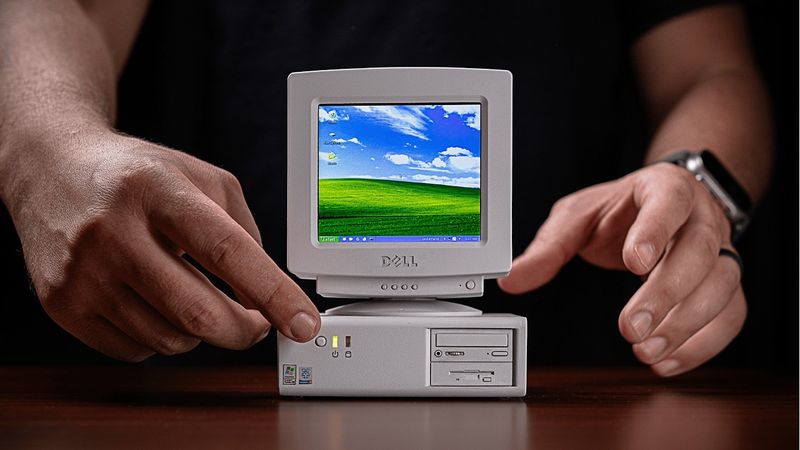
During the 1980s, assembling a personal computer from scratch was a skill possessed by only the truly tech-savvy.
Tech enthusiasts would gather components from various sources, piecing together motherboards, processors, and RAM. This hands-on approach to computing allowed for a deep understanding of hardware functionality.
Unlike today’s plug-and-play systems, building a PC in the 80s required patience and precision. It was a rewarding endeavor that combined technical knowledge with problem-solving skills. Completing such a project not only equipped individuals with expertise but also instilled a sense of pride and accomplishment.
